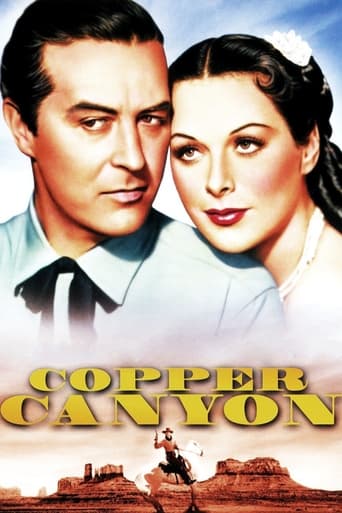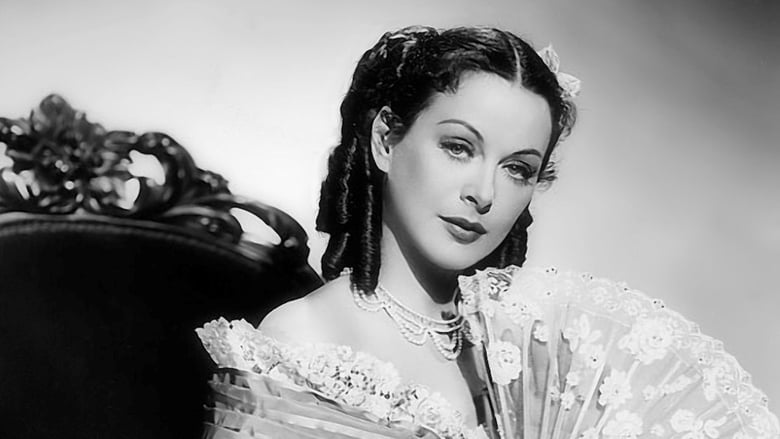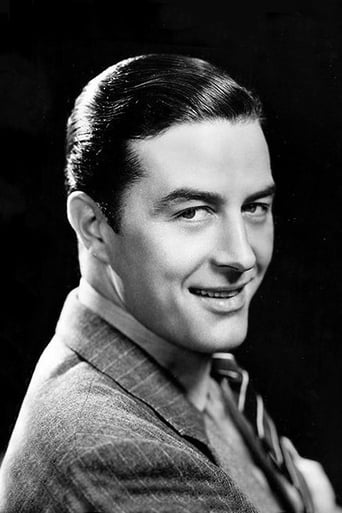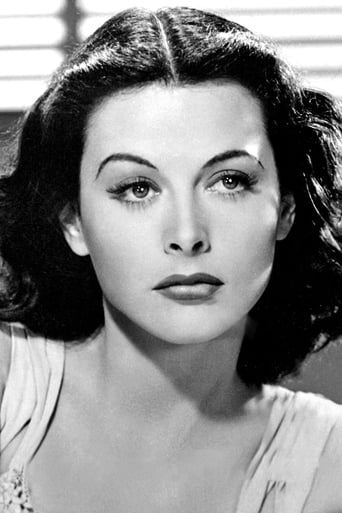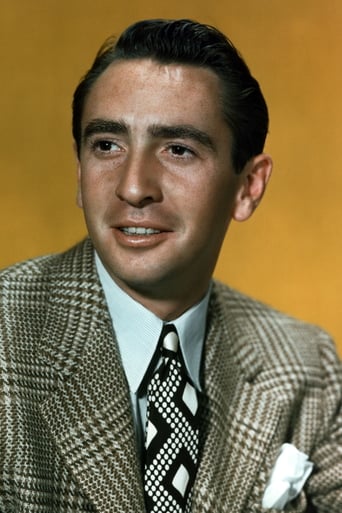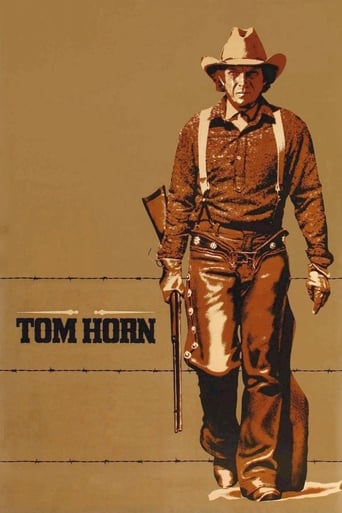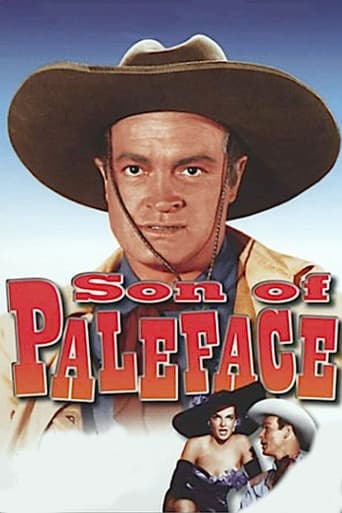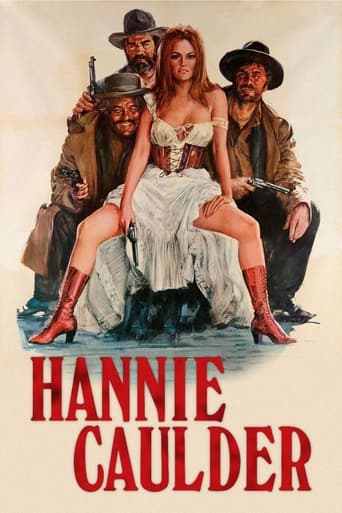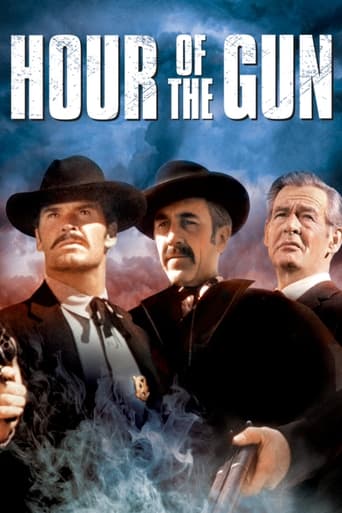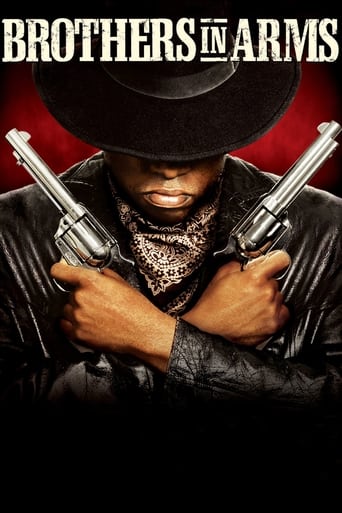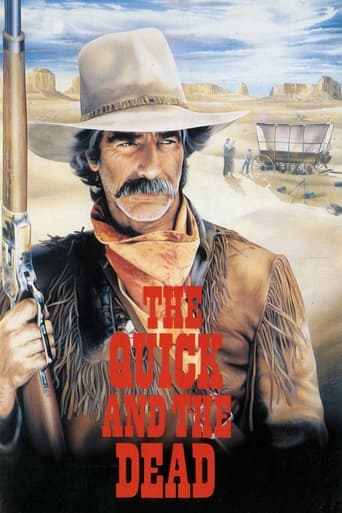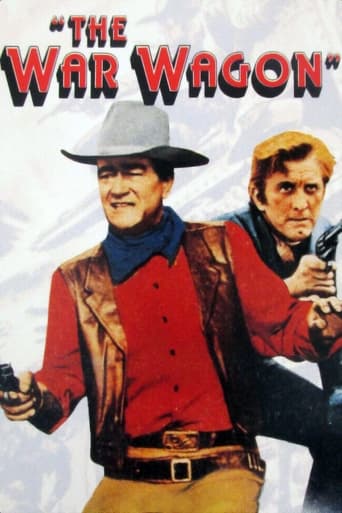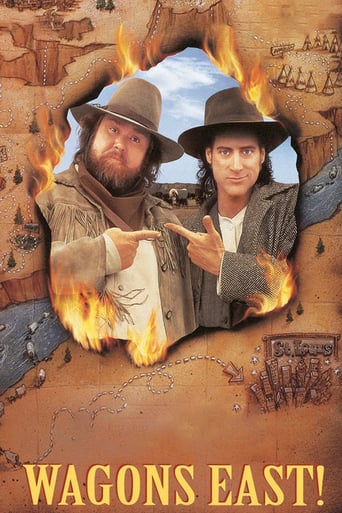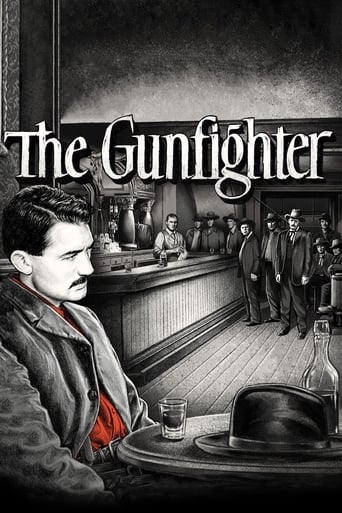Copper Canyon (1950)
A group of copper miners, Southern veterans, are terrorized by local rebel-haters, led by deputy Lane Travis. The miners ask stage sharpshooter Johnny Carter to help them, under the impression that he is the legendary Colonel Desmond. It seems they're wrong; but Johnny's show comes to Coppertown and Johnny romances lovely gambler Lisa Roselle, whom the miners believe is at the center of their troubles.
Watch Trailer
Cast


Similar titles
Reviews
Plot-- An ex-Confederate officer turned trick-shot artist is enlisted by townsfolk looking to get their copper ore past a crooked sheriff and his men. At the same time, he has to deal with a glamorous saloon girl whose allegiance sort of wobbles.When I think westerns, LaMarr and Milland don't come readily to mind. Here they're just okay, though I'm sure their names looked good on the marquee. Though Milland can project grit, he's too laid-back (unmotivated?) here to anchor an action movie. He's better when he's just a smooth trick-shot artist. Then too, LaMarr projects a lot more beauty than the emotion needed for her tricky role. Her part unfortunately calls for a stronger, more Stanwyck-type personality, as others point out. Nonetheless, the production does have two things going for it. First is the great red rock scenery of Sedona, AZ, familiar from a hundred other big budget oaters, but well- staged and photographed here. Second is Macdonald Carey who delivers much needed spark and energy as the conniving bad guy. Then too, no film that includes exotica like the gnomish Percy Helton (Scamper) or the amazonian Hope Emerson (Ma Tarbet) can afford to be overlooked.Anyway, the movie's a decent time-passer, but lacks the tightness and force needed to really register.
Copper Canyon is a well turned out, but unremarkable Western -- on the whole not more than a cut above one of Randolph Scott's average numbers. Yet it is unusually pleasurable to look at because of its gorgeous old Technicolor cinematography, exceptionally good use of gorgeous Arizona scenery by top cinematographer Charles Lang, lush sets by Sam Comer and Ross Dowd, stalwartly staged action sequences by director John Farrow, and two of the most gorgeous ladies ever to grace the silver screen -- Hedy Lamarr and Mona Freeman. What more could you ask from a little 60-year old western!Why do I say "old Technicolor"? I and other aficionados are always going on about the beautiful, luminous black & white movies of the late 'thirties, 'forties, and early 'fifties, when the crystal-clear nitrate film was in use. I don't know what kind of film they used for the three-strip Technicolor pictures then, but it seems to me that the color movies of the same period have a sharper, brighter, yet more subtle look than later ones. The color quality of Gone With the Wind (1939), The Private Lives of Elizabeth and Essex (1939), Canyon Passage (1946), and even the little movie were are discussing would never be surpassed in future eras, except perhaps by some of the Vista-Vision movies such as The Searchers (1956). (*see "Addendum" below)Such sumptuous color seemed designed to bring out the staggering beauty of Copper Canyon's two female stars. Neither Hedy Lamarr nor Mona Freeman ever came close to winning a best actress Academy Award, but if the Accademy gave a Gorgeous Dame award, both would have been in the running. Never mind that Hedy was in her late thirties at the time. Those of us who are veteran devotees of beautiful women know that is in fact the age at which women are at their absolute best. And Hedy was living proof in Copper Canyon. She never looked more sultry and desirable. Mona Freeman, age about 24 in 1950, was as pretty and sweet looking a young woman as could possibly be found -- an angelic face with cupid-bow lips framed by golden locks borrowed from a Wateau painting. One of my picky, old wife's movie pet peeves is women in western and other historical settings accoutered with that blaring Tangee lipstick -- you know, the kind that shouts at you. But it sure looked good on the two gorgeous babes of Copper Canyon.Oh, yes, Ray Milland was in the movie, too, as the reluctant hero. Macdonald Carey, usually a good guy but a virile and menacing villain here, nearly steals the show from the top-billed stars. Ray's suave, cool approach is always interesting, but he didn't seem to have his usual sharp edge in this one. Perhaps he was too busy admiring the scenery. Never mind, he and the other stars get lots of support from a pack of fine character actors, the most memorable of whom is the bizarrely colorful Percy Helton as a character named "Scamper".Copper Canyon is a solidly entertaining western and a visual treat.*Addendum: Never wonder about what you can look up. Since posting the above remarks, I have read the Wikipedia article on Technicolor. It was so stultifyingly technical, it would take a physicist (as the inventor of Technicolor was) or a professional photographer, or someone who was both to really understand it. I managed to wade through it armed only with my long ago liberal arts education, and here are the basics as best I can dope it out. The old 3-strip Technicolor process made such beautiful color because the special camera split the incoming light into the three primary colors registered on 3 film strips. These eventually, and magically to those of us technologically challenged, transformed to a single print on which the colors were actually dyed into he surface of the film rather than just printed on it. Result: clear, true, permanent color. The reason the color films from the late 1930's through early 1950's look so much better than most later ones is that they were true Technicolor and the later ones are not. In the late 1950's the studios went over to the cheaper and more convenient but inferior quality and less permanent Eastman Color system. Even later films called Technicolor were just Eastman Color developed at the Technicolor Corporation labs. Exceptions were the movies filmed in Vista Vision and Todd-AO or some other 70 mm wide screen processes. Those were true 3-strip Techicolor. Hope this has been helpful to others who have wondered about this.
Hedy Lamarr decided to go west following in the footsteps of Marlene Dietrich who saw Destry Rides Again rejuvenate her career. I'm sure that was why she decided to do Copper Canyon where she was saloon girl villainess who falls big time for fancy sharp shooter Ray Milland who brings his trick shot act into her town and saloon.Milland arouses the jealousy of crooked sheriff Macdonald Carey. But Milland has a past of his own. He's a former Confederate colonel who robbed a Yankee payroll in escaping before the war ended. He's a hunted man for that reason though the local hunter, army lieutenant Harry Carey, Jr. really hasn't got his heart in the job. Milland's been sent for because the local copper mine smelter with the connivance of Carey has been exploiting the Confederate veterans. His prowess with weapons comes in mighty handy before the film is over.It's a good, not great western, but the reason it became popular because of the title tune which is heard, but not sung in the soundtrack. Young Teresa Brewer had a hit record of it back in the day.Copper Canyon didn't really give Hedy Lamarr the Dietrich like assist in her career. Still she does fine and it's a good Saturday afternoon film for enjoyment.
Ray Milland is excellent in this under-estimated western. I would compare Milland to Jimmy Stewart or Gary Cooper. Milland was in Alfred Hitchcock's Dial M for Murder, and he did A Man Alone (he directed it also). Hedy Lamarr, for her only western is marvelous, beautiful. Also appears Harry Carey Jr. But the movie owes a lot to Milland and Lamarr's performancesMagnificent sets. There is a lot of action, except perhaps in the beginning. Great direction by John Farrow, who was going to direct 3 years later Hondo, with Duke Wayne.This western is a masterpiece, it is perfect. One of the best Paramount western ever made. Unmissable, and unforgettable.

